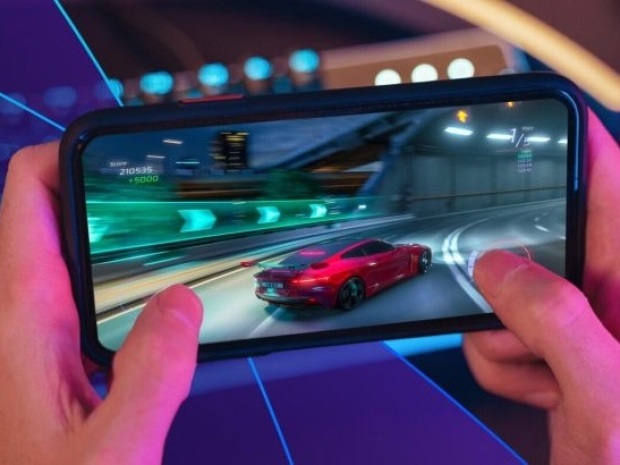The company claims its AI-powered upscaling will let smartphones crank out visuals that look like they belong on a proper gaming rig, not something wedged into your pocket.
Arm’s Neural Super Sampling (NSS) isn’t new in concept. It follows the path blazed by NVIDIA’s DLSS by rendering frames at a lower resolution and then using AI to polish them up to something crisp. In Arm’s case, that means taking 540p images and upscaling them to 1080p using neural networks baked into the next-gen Mali GPUs.
Early results look decent. The process takes about 4 milliseconds per frame, which is fast enough to keep games buttery smooth without nuking your battery.
Older upscaling methods often brought along visual gremlins like ghosting or smearing. Arm says NSS cleans that up by letting its neural nets fill in the gaps with a bit of artificial cleverness. The result is a cleaner, more immersive mobile gaming experience without making your handset melt.
The on-chip neural accelerators can help with ray tracing denoising and camera tricks, which means your phone might soon start pretending it’s a mid-range workstation.
Unlike Nvidia DLSS, which leans on Tensor Cores in big-boy GPUs, Arm’s NSS runs on Mali’s own dedicated neural silicon, which has been optimised purely for mobile faff. That should make Android handsets capable of DLSS-style image quality without needing a wall socket or a fan.
To get developers on board early, Arm is chucking them a Neural Graphics Development Kit before any of the hardware ships. This includes an Unreal Engine plug-in, PC emulation via Vulkan, profiling tools and even integration with Hugging Face.
The company’s roadmap promises even more AI silliness for 2026, including Neural Frame Rate Upscaling and something called Neural Super Sampling Denoising.

